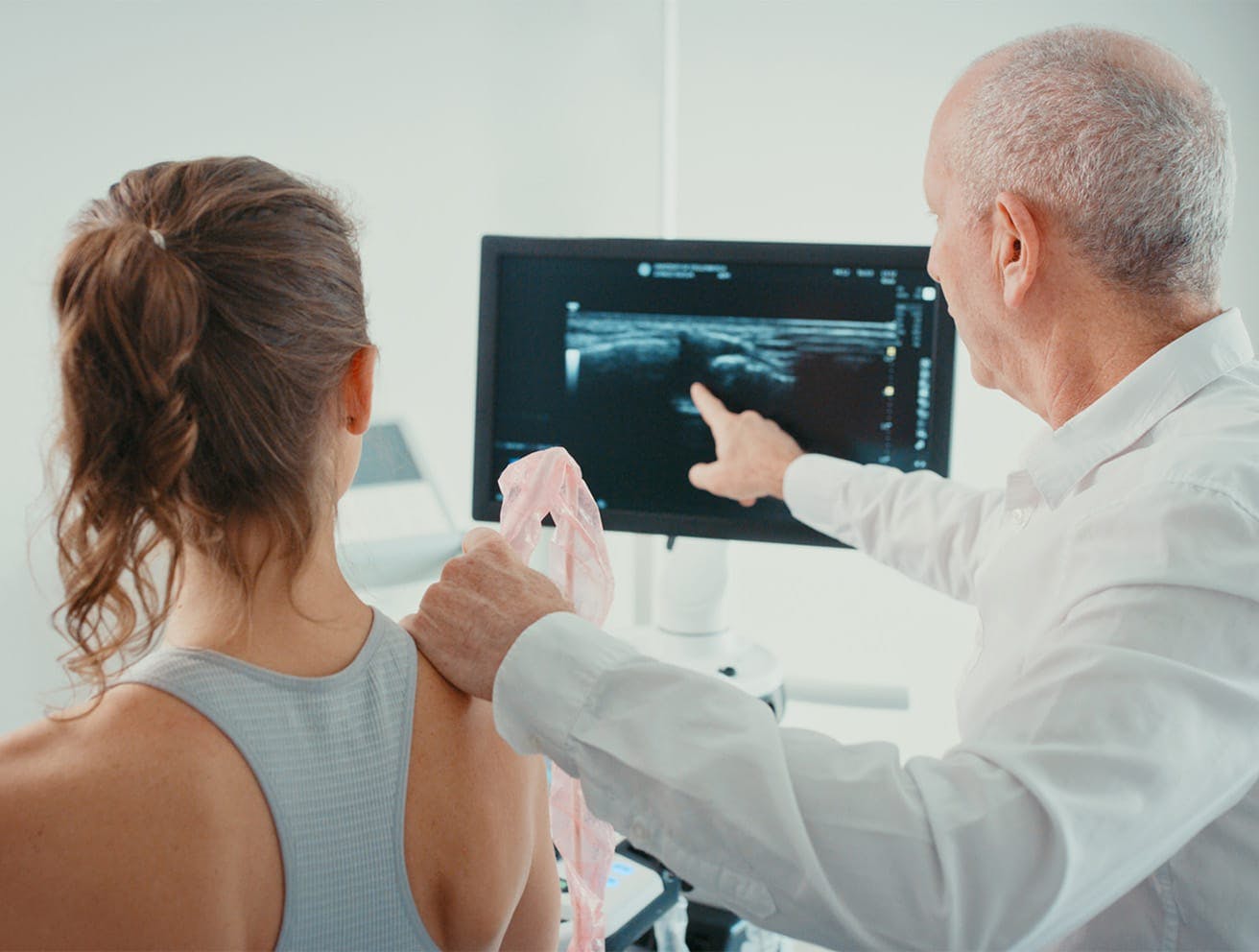Alleviate shoulder pain and regain mobility: Subacromial decompression can help you enjoy smoother movement and restored shoulder function.
What is impingement?
Impingement arises when there's pressure on the rotator cuff from the shoulder blade. As part of the group of muscles and tendons that stabilize the shoulder, the rotator cuff permits lifting and rotating movements. When impingement occurs, lifting the arm can cause a bone or ligament to rub against the rotator cuff, leading to pain and limited movement.








